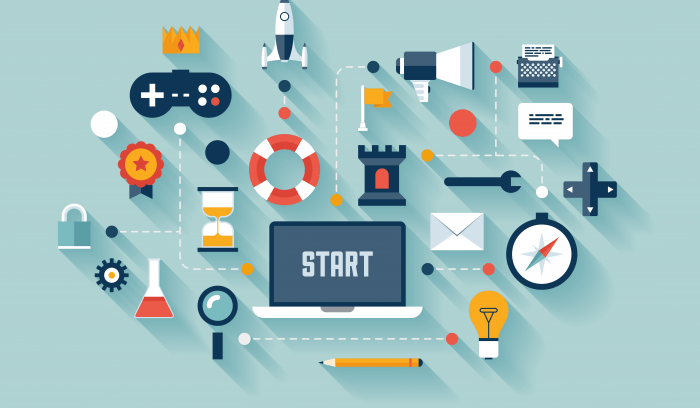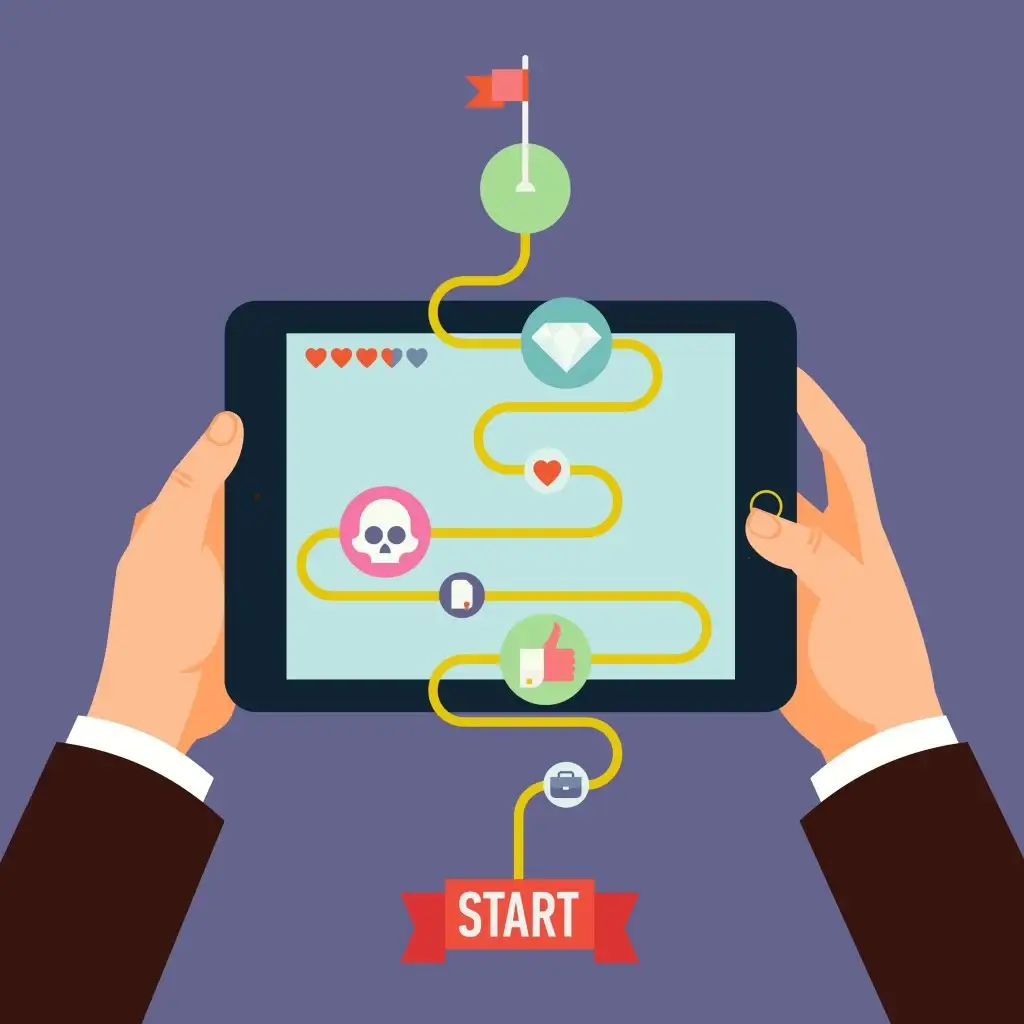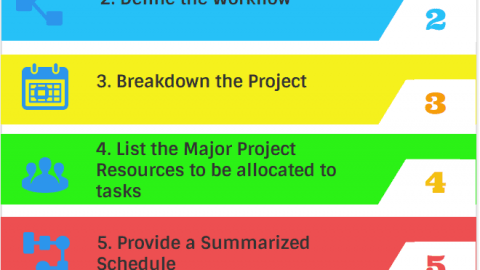Integrating Game-Based Learning in Project Management Training: A Modern Approach
In the constantly evolving landscape of training and education, traditional methods of teaching are always being augmented and transformed in order to harness the ever-growing power of
technology. One of the leading approaches in this area is game-based learning. This has emerged as an effective and dynamic way to impart knowledge, enhance practical skills and
foster critical thinking as integrating game based learning.
Table of Contents
By mixing the principles of learning, play and interactivity, game-based learning is something that has captured the attention of trainers, educators and learners alike. And this has ushered in a new era of education. This evolution in education is relevant to all students with coding entering mainstream curriculums at young ages. In industry and commerce, integrating game-based learning into the arena of project management training has been identified as something that can enhance the understanding of the participants. But before we delve further into the topic, let’s make sure that everyone is on the same page regarding the notion of project management itself. What exactly is it?
What is game-based learning?
Game-based learning is an educational approach that utilizes interactive games to facilitate learning. It combines elements of play, interactivity, and engagement to enhance knowledge acquisition, skill development, and critical thinking. By making learning enjoyable and immersive, game-based learning can improve retention and motivation among learners.
What is an example of game base learning?
An example of game-based learning is “Kahoot!” It is an online platform that allows educators to create interactive quizzes, surveys, and discussions. Students can participate in these activities using their devices, competing against classmates and earning points, thereby making learning engaging, interactive, and fun.
Integrating it in Project Management
Project management is a disciplined and structured approach to planning, organizing, and executing specific objectives within a company. Through effective project management via in game based learning, things like timelines and budgets can be more smoothly navigated. It is the process that involves coordinating staff, equipment, materials, and anything else that might be needed to secure success for your venture. Essentially, good project management helps to meet quality standards in all areas and delivers the desired outcomes.
Project management is a practical type of discipline where success will depend on applying the learned principles effectively in real-life scenarios. In the past, more traditional corporate training might involve a series of lectures followed by a one-time simulation to put everything into practice. But this falls short in the building of skills and the retention of knowledge.

Game-based learning (or GBL for short) simulations, on the other hand, offer a much more ideal method of training for project managers. As it allows learning by doing and by repeated practice. GBL simulations are not only cost-effective, but they are also accessible and can be integrated quite easily into day-to-day work. Participants in training will need to learn the basics such as coding terminology (learn more here). But there are no barriers to entry and success. In today’s global working environment with the presence of things like virtual teams, internet-based multi-player GBL simulations will feel very familiar to workers and can allow teams to bond and learn in a virtual setting.
Developing a game-based learning application
Developing a game-based learning application is a rather complex task that involves addressing a wide range of important factors. Such that span the realms of entertainment, challenge, psychology, and motivation. These culminate into something known as ‘stealth learning’, in which individuals absorb the essential knowledge and skills without actually realizing it. And this way of learning
leads to much higher levels of retention. Reflection is an essential part of the program, as it helps to consolidate all of the daily experiences into memories. And there is no doubt that motivation is a driving force behind GBL.
What are the steps in developing game-based learning?
- Define Learning Objectives: Clearly identify the learning objectives that your game-based learning application aims to address. Determine the knowledge or skills you want users to acquire or improve through the game. This will serve as the foundation for designing the game mechanics, content, and assessments.
- Design Game Mechanics: Decide on the gameplay mechanics that will drive engagement and motivate learners. Consider elements such as challenges, rewards, levels, progression, and feedback mechanisms. Strive to strike a balance between entertainment and educational value, ensuring that the game mechanics align with the desired learning outcomes.
- Create Storyline and Characters: Develop a compelling storyline or narrative that aligns with the learning objectives. Create characters and scenarios that resonate with the target audience and enhance the learning experience. Storytelling can help contextualize the content and provide a sense of purpose within the game.
- Design Interactive Gameplay: Firstly, design interactive gameplay elements that allow users to actively engage with the learning content. Incorporate activities such as puzzles, quizzes, simulations, decision-making scenarios, or role-playing exercises. Integrate feedback mechanisms to provide immediate guidance and reinforcement.
- Develop Content and Assessments: Create the educational content that will be delivered through the game. Design learning modules, lessons, or challenges that align with the learning objectives. Include formative and summative assessments to evaluate learners’ progress and provide feedback on their performance.
- Choose Suitable Technologies: Select the appropriate technologies and tools for game-based learning development. Consider factors such as the target platform (mobile, web, desktop), programming languages, game engines, graphics, and audio resources. There are numerous game development frameworks and platforms available that can simplify the development process.
Conclusion
A smooth learning curve is important in maintaining engagement, and the act of ‘learning by doing’ really does enhance the chances of long term retention. The simple act of enjoyment plays a huge role, as being happy and entertained triggers neurotransmitter production that is critical for memory and alertness. This is all very important information to remember when coming up with your own project management plan.
Ultimately, the game-based learning market is one that is growing larger and larger every year. With ever diverse sectors getting involved from corporations to education to government to nonprofits and more. It stands apart from more traditional e-learning thanks to the much more immersive experience and is making a big impact.

Victor Z Young is a Civil Engineer with 35 years of experience working alongside the executive team of various construction companies. Victor specializes in construction insurance, delay analysis, performance analysis and engineering. He holds a Doctor of Project Management from Northwestern University.











